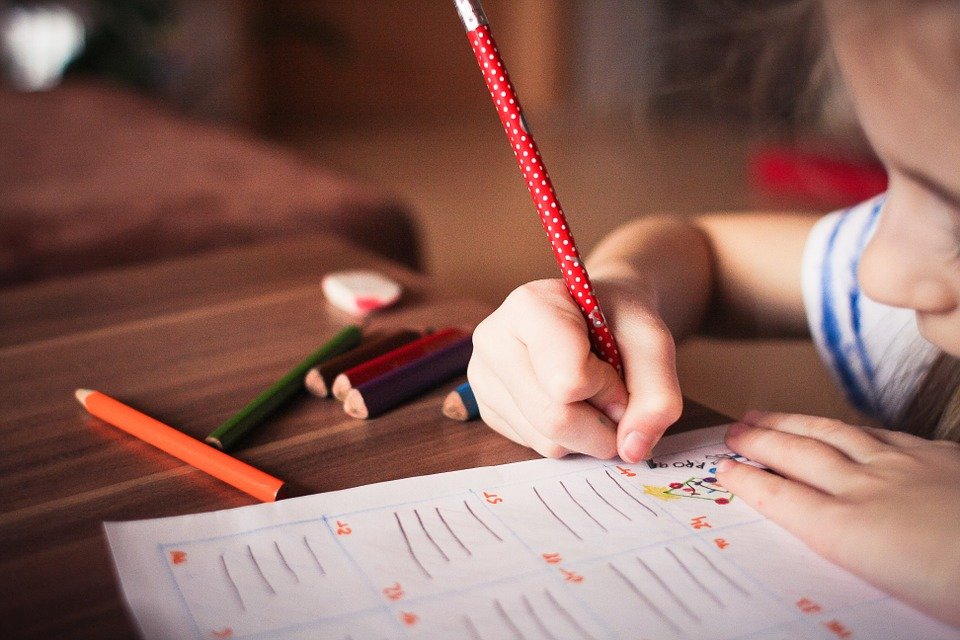The European Commission published its annual Education and Training Monitor for 2020, and said that Hungary spent 5.1% of its budget on the sector, exceeding the EU average, which was at 4.6% of GDP.
The Human Resources Ministry said in a statement that, according to the report, the student-teacher ratio was also above the EU average. Hungary has one teacher per 10.6 children on average, the report said. In the EU, the average ratio is 13.6 students per teacher, it said. The report said the root of that difference was the declining number of students in Hungary, adding that there was a preponderance of ageing teachers in Hungary’s public education system and “increasing free capacities”.
Regarding pre-school education, the report found that 95.7% of four-year-olds are enrolled in kindergartens in Hungary, while the EU average is 94.8%. The ratio of Roma children attending kindergarten is the highest in the region, the ministry cited the report as saying. Fully 11.8% of students dropped out of education in 2020, a 0.7% improvement since last year, the report said.
Based on the OECD’s 2018 PISA report, the EC highlighted substandard performances in mathematics, literacy and sciences. The ministry noted in its statement, however, that the students’ performance had improved in every subject since 2015. The report praised the infrastructure development programme in schools launched in 2018. Regarding the switch to digital education during the pandemic, the report put the ratio of children remaining without education in the period at 20%, a figure at odds with the ministry’s own data, the ministry said. In its report, the EC outlined recommendations regarding developing digital competencies, equal access to education and increasing capacities at crèches, the ministry said.
hungarymatters.hu
pixabay


















